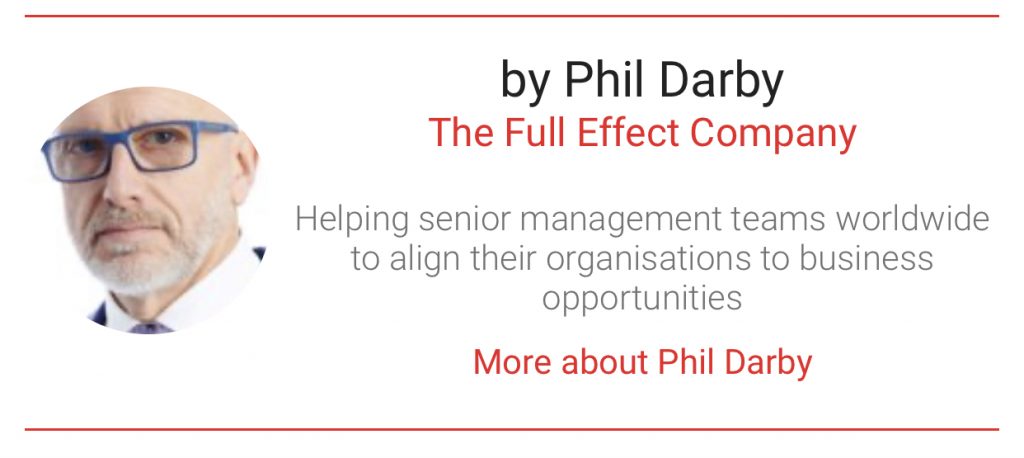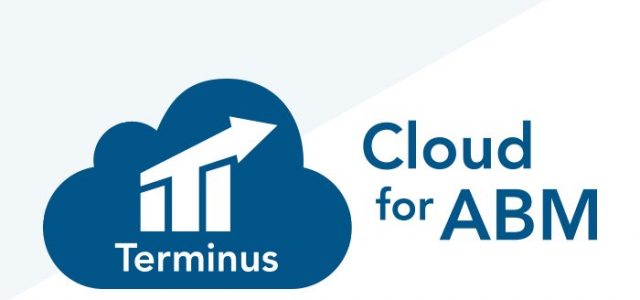Your brand promise should be the very centre of your organisation, but many businesses and their leaders fail to recognise the fact. In part, this is because they don’t fully understand what a brand promise is.
It’s not, for instance, a strap line, although it could become one and should certainly inspire your brand strap line should you have one. It isn’t, as some people think, something that changes depending on the audience you are speaking to either – this, in itself, could prove the demise of a business.
Identifying your brand promise
It takes time and effort and quite some know-how to determine the promise made by an organisation, but if you approach the task with these kinds of misconceptions you could be excused for undervaluing what you end up with.
You need to understand that while the wrong brand promise will severely hamper your business success and may even prove it’s downfall the right one will give you the opportunity you need to address many of the requirements of your business in the new economy. It’s therefore important to get this right.
So what should you consider when deciding your brand promise?
Know your audience
Firstly – and many people forget this – the audience for your strap line isn’t just customers. There are examples everywhere of strap-lines that have been inspired by a brand promise aimed only at consumers or customers.
The audience extends way beyond even employees to embrace investors, suppliers, distributers and partners, making up the six basic, always-there audiences that in some cases may extend still further. Most importantly though, you have to remember your brand promise has to be the same for every one of your stakeholder segments.
If you come up with one that needs adjusting or changing to resonate with one segment in particular then it’s simply wrong and you need to go back to the drawing board.
In the world of brand modelling and development, consistency is an absolute must!
The importance of credibility
Secondly, it has to be credible. There’s no use making a promise to anyone that they think is unrealistic. Over-promising is a very dangerous game. You can see just how dangerous it can be in the context of the statements made by our politicians in the current Corona virus crisis.
When promises are unfulfilled the population becomes sceptical, trust declines, unrest develops and governments, even those with the best intentions, can fall.
A favourite strap-line of mine is Tesco’s “Every little helps”. This has grown out of a very modest, but realistic promise to address the simple things that make life just that little bit easier. We all know that the combination of a lot of small elements can add up to a something quite significant, so this is a promise that resonates.
It also works for every segment of the organisation. If you aren’t sure about this I produced a chart that illustrated how this relationship works a while back and you can download it here.
Always be relevant
Your brand promise also has to be relevant. It’s no use at all promising something your audience doesn’t want, however important you may believe it should be to them. This happens more often than you may think when business leaders have their head up their backsides.
It’s also evidence of a less-than-diverse approach to strategy. If you engage as wide a profile of participants as possible in your strategising, you’ll get a far better outcome, even if your leadership is blinkered. You’ll also stimulate innovation as explained by Matthew Syed in his book Rebel Ideas.
Successful organisations include their employees in strategy development. Well, it makes sense when you consider they represent a cross-section of your marketplace and, most-importantly include digital natives, who comprise over 60% of your audience.
There’s more of this, of course, but even when you have decided what your promise is you are still only at ground zero. Now you have to engage your audience.
Harnessing the combined might of diverse groups
The point of a brand is to align disparate, special interest groups behind a single idea or objective. In his book Cascades, Greg Satell explains the dynamics of change in a way we can all understand, using examples drawn from all areas of life.
Cascades isn’t an obvious marketing book, but it is a book every marketer or business leader for that matter should read.
Greg explains the importance of single-mindedness when you are considering your promise and introduces yet another requirement – simplicity – to the mix. It’s absolutely no use being fancy or philosophical in your promise.
This has to be something everyone can relate to, instantly. Greg also demonstrates how movements for change fail when the message isn’t single-minded.
Keep it simple
I’ve lost count of the number of times a senior executive has wanted to add extra elements to a promise. In a way this harks back to the old advertising story.
I have to admit, I was one of those advertising guys who, to illustrate the importance of single-mindedness when presenting a campaign to a client, would throw a sugar cube to anyone who wanted to complicate things, congratulate the person on their agility in catching it and then challenge them to do the same again.
This time I’d discretely palm a couple more cubes and then throw all three at once. In many cases they failed to catch even one, which I then suggested made my point about confusing messages. It usually worked!
Greg uses Ghandi among others to cement his point. Ghandi pursued a single, simple promise consistently and relentlessly and thereby unified numerous audience segments, who may well have disagreed on many other things, to affect the key change that gave rise to so much more.
But, what is it your brand promise is doing that is so critical to your business?
How your brand promise gives you focus
If you analyse, as McKinsey and others have done, the reasons offered for the failure of transformation projects, you’ll end up with around twenty-five to thirty that crop up time and again.
Uncommitted CEOs or CFOs, siloed departments, competing business units, putting the wrong people in charge of the project are all oft-quoted reasons for failure.
These core reasons however, should not be confused with the real cause, because, if you dig a little deeper into these reasons you will discover they all arise from one single, common cause. That, of course, is an absence of “focus”.
If everyone involved in your organisation is focussed on the same thing you’ll eliminate the opportunity for all of the above reasons.
Thereby reducing time wasted arguing about proposed projects that don’t serve the objective, reduce wasted investment in such projects, open the door to fresh thinking and innovation, liberate the people concerned and gain their commitment and much more.
Efficiency – the essential difference
Ultimately, what we are talking about here is achieving greater efficiency – getting more done with less – and that’s the cornerstone of success in the digital economy. Digital businesses are faster, more accurate and deliver the perfect solution for lower costs than a traditional business ever could because they maximise resources.
That’s why they win. A legacy business simply can’t compete with a digital business, which is why we are all desperately trying to transform businesses right now.
When you create your brand model it’s heart is your brand promise. A single promise that’s realistic, achievable (at a push) and which resonates with everyone who is going to contribute to your success. However, this is only the start of the job of brand development.
From this point you have to sell your brand model and it’s inherent promise to every one of your stakeholders.
Getting buy-in
You need to arrive at a point where every stakeholder is familiar with your your promise, understands why it is as it is and commits to playing their role in it’s delivery.
It’s remarkable what you can achieve once they do. Apart from the obvious operational efficiencies, you’ll bring about a truly meaningful transformation.
Because transformation is a shift from a rut-like state of order to one of constant change that demands constant innovation, you’ll be able to maintain the level of innovation you’ll need to succeed in the digital economy. Job done? Well, almost!
Arriving at this point is the product of a lengthy and determined internal marketing campaign. When I started my journey as a consultant having previously occupied various roles in advertising agencies and client-side, I used to tell my clients that if they switched 20% of their marketing investment to internal marketing their return would be far greater than were they to continue, as was the way back then, to communicate almost entirely with consumers.
These days things have changed. Many successful businesses invest more today in internal marketing and communications than they do in advertising to their market. They do this because the old days of command and control, rigid processes and lack of autonomy are well gone. Leadership and management in the digital economy is a matter of facilitation not dictatorship.
Keep your brand promise going
Because it’s essential in the digital economy to make the most of every resource it’s important to ensure your message is reinforced at every opportunity. Marketing and communications people are by definition creative – or should be – so it’s understandable that sometimes they get bored with their brand’s’ messages before the rest of the brand community will.
However, it’s also their job to be objective and they have to resist the urge to come up with something new and ensure everyone else builds on what they have rather than lapse into the confusion created by changing messages.
Of course, every promise has it’s limits and these messages will change eventually, but they last far longer than most people think. Meanwhile, it’s a marketers job to maximise them. When Phillips the Dutch electrical business developed the promise that generated their great strap-line “Sense and Simplicity” the brand standard they published didn’t just leave it at that.
They dictated the use of the two words in headlines and body copy. This brand standard ensured marketers and communicators didn’t forget to emphasis the relevance of the promise. Tactical messaging, which by definition always carries a strategic message, consistently related back to the promise.
This reinforced the relevance of the tactical message in the same way that Tesco’s “Every little helps” is used to give perspective to the brand promise – “we provide thoughtful things like hand sanitiser because it’s just a small thing we can do to help make your day a little better”.
Today’s successful businesses liberate their people, treat them with the respect they deserve, allow them to apply their unique hard and soft skills in the way that enables them to get to the objective, that brand promise that unifies the entire brand community.
A modern brand, built around a clear, simple and credible promise is the most powerful tool any business has now. It’s also the key to success in the digital economy.
Article by channel:
Everything you need to know about Digital Transformation
The best articles, news and events direct to your inbox










